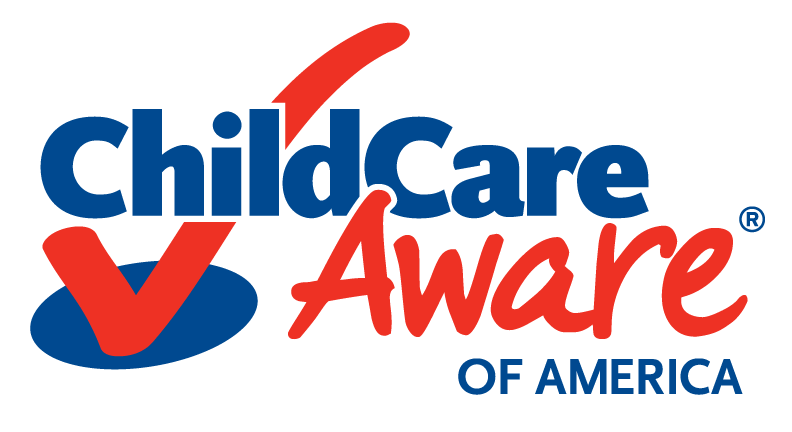
A valuable resource for emergency preparedness, response, and recovery is partnerships. Partnerships allow Child Care Resource and Referral agencies (CCR&Rs) to focus resources on unmet needs in a community and ensure that families and child care providers receive services based on the expertise of various organizations and agencies. This maximizes the resources in the community to support child care.
Emergency response and recovery is more efficient and effective when relationships are built and strengthened during “blue-sky” periods (prior to an event). This allows everyone to be better prepared during “gray-sky” periods (during an event). Establishing partnerships in advance increases the likelihood that trusted partners can be called upon before, during, and after a disaster to meet the needs of child care in an efficient and effective manner.
- Partnership Toolkit for CCR&Rs
The partnership toolkit has information and resources for CCR&Rs to better understand how partnership can support their work in child care emergency preparedness, response, and recovery. It also shares information about emergency management and gives CCR&Rs information to share with emergency managers and other partners on the topic. The partnership toolkit also offers examples of ways CCR&Rs are already collaborating with organizations to strengthen child care emergency preparedness, response, and recovery in the communities.
- Partnerships with Emergency Managers
One way to strengthen child care emergency preparedness, response, and recovery efforts for child care is to build relationships within the community. A key relationship that can make a big difference is with emergency managers. Emergency managers are responsible for the organization and management of the resources available in an emergency. They are also responsible for dealing with the humanitarian aspects of disasters.
By collaborating with emergency management officials, CCR&Rs can help ensure that emergency management staff are better prepared to respond to the needs of infants, toddlers, and other vulnerable populations during disasters.
You can learn more about ways to partner with emergency managers to support child care emergency preparedness, response, and recovery in the partnership toolkit or read this blog post.
CCAoA also created a video that helps explain how CCR&Rs and emergency managers can work together.
- Partnerships with Child Care Providers
CCR&Rs can partner with child care providers on child care emergency preparedness, response, and recovery in a variety of ways. In addition to providing training and technical assistance on the topic, they can invite child care providers to help identify solutions within their communities through partnerships.
Child care providers can:
- Speak about their needs and challenges with decision-makers, policymakers, and emergency management personnel.
- Participate in community emergency preparedness committees and meetings.
- Offer feedback on processes and policies that involve child care emergency preparedness, response, and recovery.
- Advocate for the needs of individuals or groups who need additional planning, protection, and/or resources before, during, or after a disaster, such as infants and toddlers and children with special needs.
- Identify partnerships that support their own emergency preparedness, response, and recovery needs. For example, child care providers can partner with a local Head Start program or other child care location for a relocation site. They can also arrange to store supplies at the facility if they must relocate there.
- Partnerships with Families
When families are part of the emergency preparedness process, they understand it better and can be confident that their children are safe in child care. They are also more likely to be supportive of practice drills and other required preparedness tasks. If families are familiar with your written child care emergency plan, they can also discuss it with their children, so they are more comfortable as well. Families can also supply providers with valuable information about their child that can be useful when preparing for and responding to emergencies.
You can learn more about ways to partner with families to support child care emergency preparedness, response, and recovery here. There are even ways to involve children in child care emergency preparedness.
- Taking Action
Think about opportunities for partnerships to support child care emergency preparedness, response, and recovery in your community. How can you begin establishing those partnerships? What can you share with partners to improve emergency preparedness, response, and recovery efforts in your community or state? Are there any partnerships you have not yet thought about?
If you have a story to share with CCAoA about a partnership to support child care emergency preparedness, response, and recovery, please let us know.
Please reach out to preparedness@usa.childcareaware.org if you have any questions.


